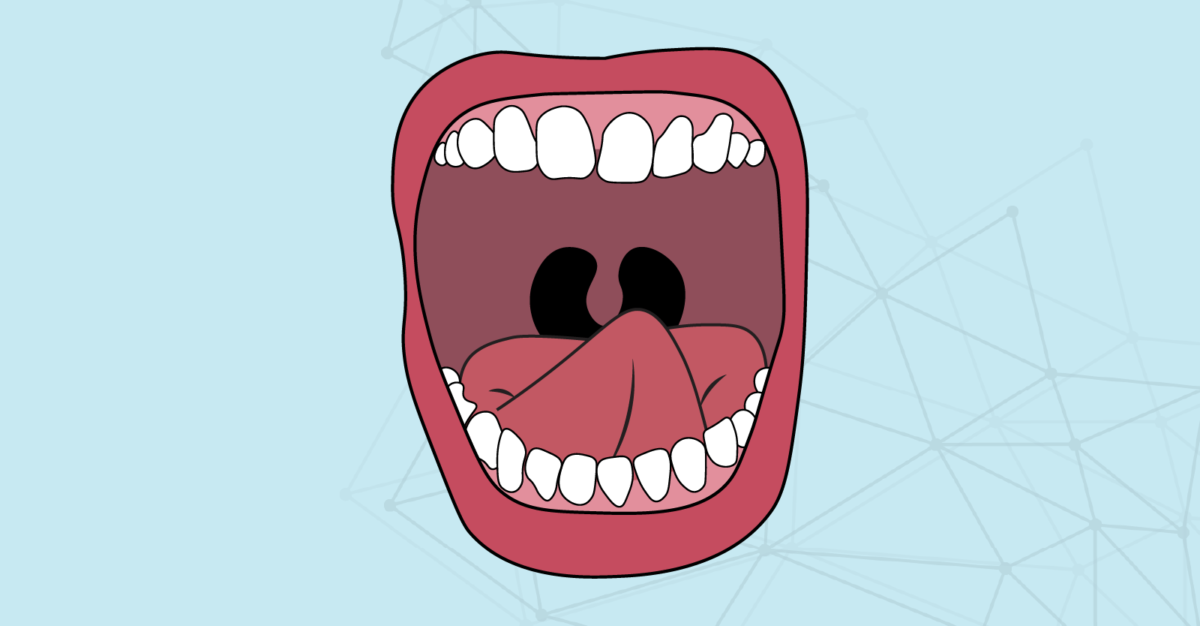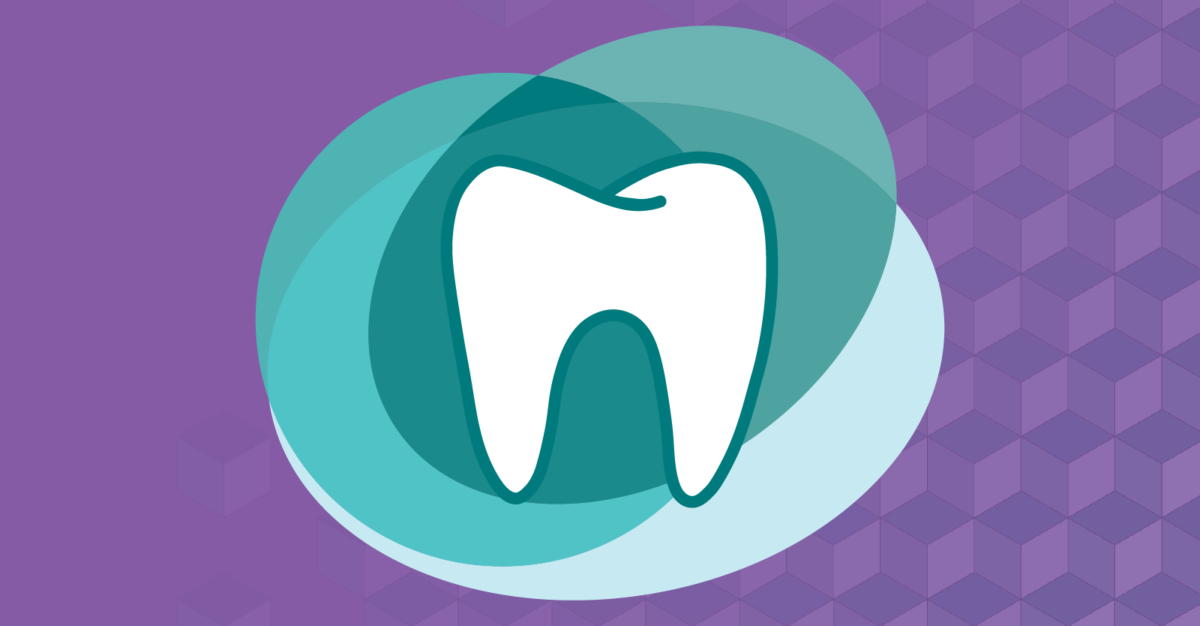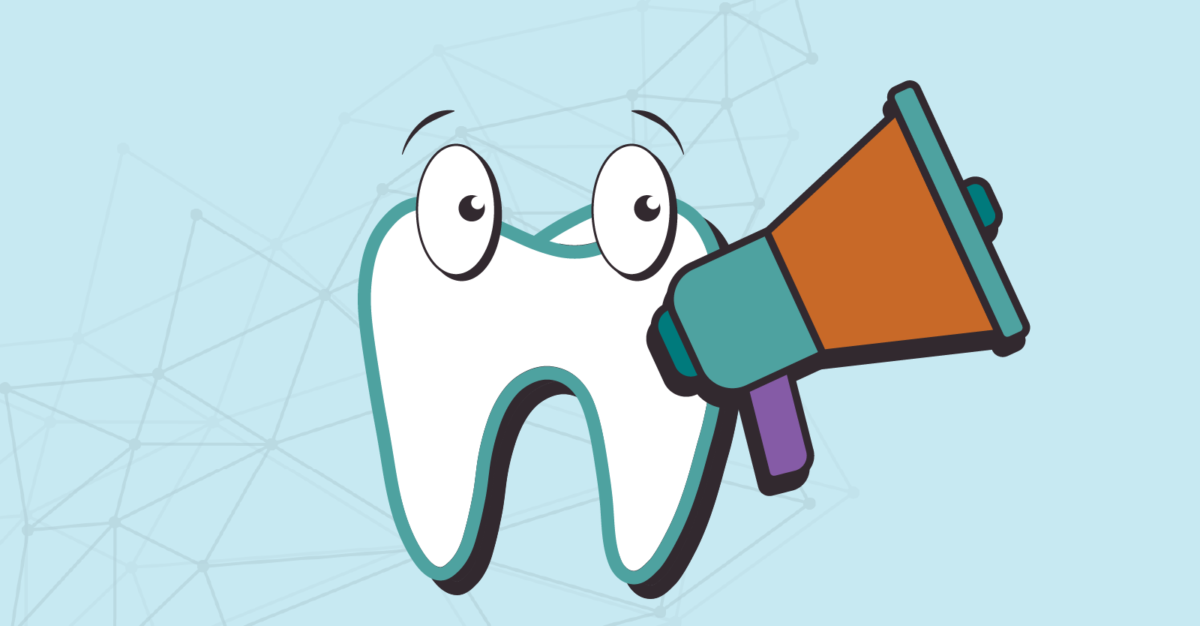
At the 2023 NC Dental Hygienists’ Association Annual Session, Christina Bridges, QOM, LMBT, owner of Myofunctional Matters Therapy Partners, presented about myofunctional therapy. NCOHC sponsored the event, which provided hygineists from across the state with opportunities to gather, share ideas, and learn about new and interesting advancements in oral health.
Although highly relevant to oral health, you may be wondering, what is myofunctional therapy?
In Christina’s words, “myofunctional therapy is physical therapy for the muscles of the tongue, face, lips, throat, and soft palate to treat dysfunction.” It retrains muscle function in these body parts, which make up the orofacial complex.
Integrating Oral & Whole-Body Health
Christina noted that medical and dental professionals tend to treat the body and mouth separately. Yet, integrating and coordinating services is crucial to increasing access and equity in our health care systems.
She said, “As dental professionals, we can get so accustomed to seeing things through our own lenses that we forget to look at the person as a whole. We are intricately made beings and no system in the body works in isolation. Myofunctional therapy is a magical place where medical and dental professionals come together in true preventive care. Patients win when we collaborate!”
Benefits of Myofunctional Therapy for Patients
In her practice, Christina uses myofunctional therapeutic techniques as well as massage and bodywork to help patients with orofacial myofunctional disorders (OMDs). A few examples of OMDs include tongue ties, functional airway obstruction, mouth breathing, temporomandibular joints (TMJ) pain and discomfort, and many more.
Christina said the benefits of myofunctional therapy vary depending on the patient’s age and OMD. It can help children address issues early and prevent them from escalating into more serious problems. It can also help teenagers and adults find relief from pain and discomfort:
Benefits for Children |
Benefits for Teenagers & Adults |
|
|
Life-Changing Outcomes: Myofunctional Therapy Success Story
Screening for myofunctional disorders can help connect patients with life-changing care. The right treatment can enable patients to speak, smile, and feel more confident, reduce pain, and improve quality of sleep, breathing, eating, and overall health.
One of Christina’s patients, a male teenager named Joseph, was originally referred to an orthodontist due to an undiagnosed and untreated tongue tie. He felt tired all the time and had difficulty waking in the morning. When Joseph came to Christina and her team, they quickly diagnosed the issue and performed myofunctional therapy as well as a tongue tie release.
Afterward, Joseph’s mother reported that he sleeps better now, has more energy, and is alert, calmer, and more productive. His posture has also improved; he stands up straight, whereas before he hunched over and had to push his chin out to breathe. For Joseph, and many patients like him, myofunctional therapy has improved his quality of life in meaningful ways.
Telehealth Myofunctional Therapy
Myofunctional therapy can also be done via telehealth. This can help reduce certain barriers like long journeys and wait times. However, many patients still face challenges related to internet access and reliability due to limited broadband infrastructure in rural and other areas.
According to Christina, telehealth works well for older children and adults. She says the same process can be performed as in an office setting. Telehealth is difficult for young children, though, who see better results with in-person sessions. Currently there are only a few myofunctional therapists in NC, making telehealth a vital option for age-appropriate patients.
Barriers to Accessing Myofunctional Therapy
Christina says, myofunctional therapy is rarely covered by insurance, especially when performed by those with a dental background. Unfortunately, prohibitively high costs leave many patients without a way forward. Her hope is that one day these services will be covered by dental or medical insurance. However, she sees great value in dental professionals providing these services because of how it builds on oral health care expertise.
Screening Patients for Myofunctional Disorders
NCOHC’s Program Manager, Heather Edly, JM, RDH, BSPH, CHES, said there has been a spike in myofunctional disorders like TMJ pain due to stressors exacerbated by COVID-19. Often, the only option for dental hygienists is to recommend a mouth guard, which may fail to address the root cause.
Learning to screen for myofunctional disorders can help hygienists connect patients to other types of care and improve oral health outcomes.
Christina said, “Every hygienist should know the signs and symptoms of myofunctional disorders and how to screen for them. As the primary preventive oral healthcare professional, the dental hygienist is the perfect professional to do this. Addressing these myofunctional issues is often the most preventive service we can offer. This is because myofunctional therapy addresses the root cause of so many dental and health issues experienced by our patients.”
If interested, you can learn about key clinical markers for myofunctional disorders here. To stay current with oral health news in North Carolina, sign up for the NCOHC monthly digest newsletter today.











